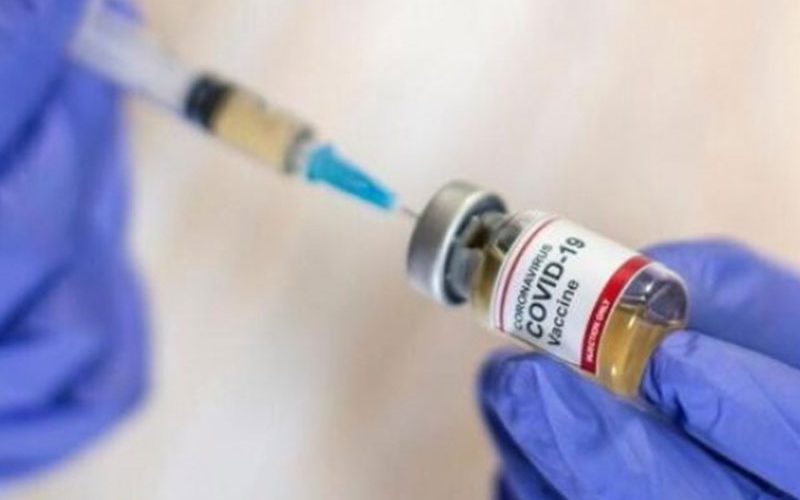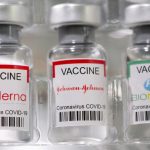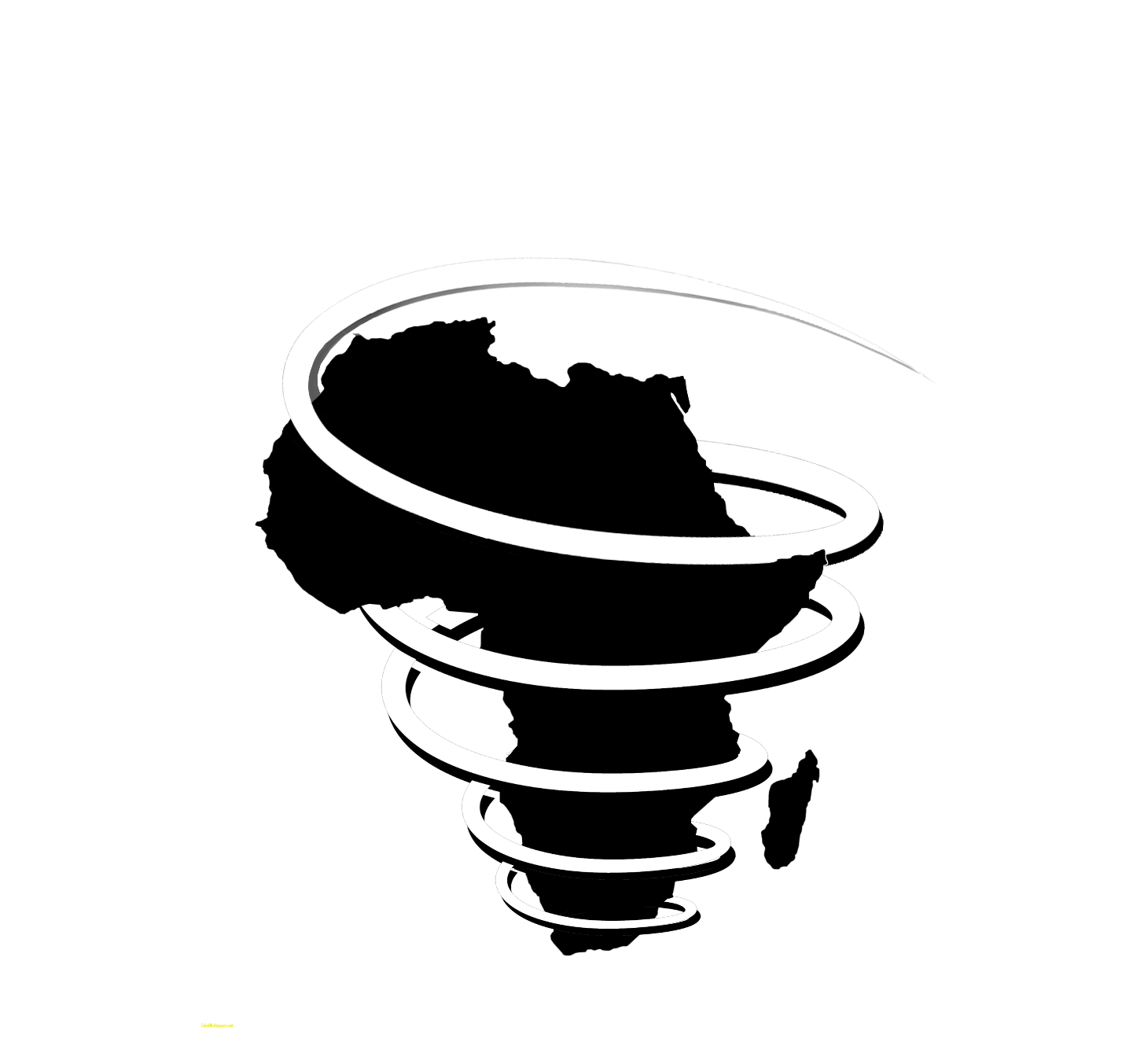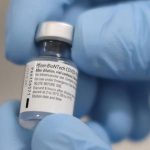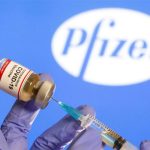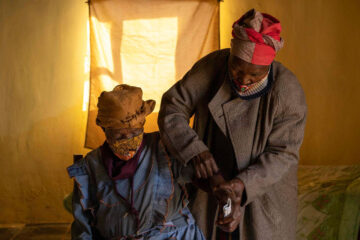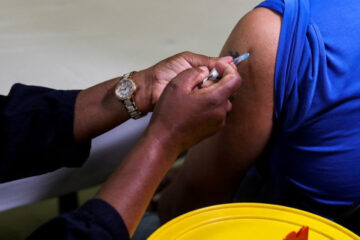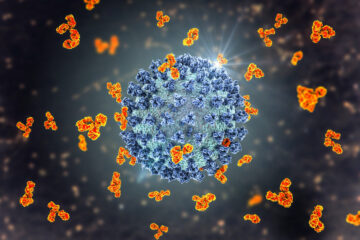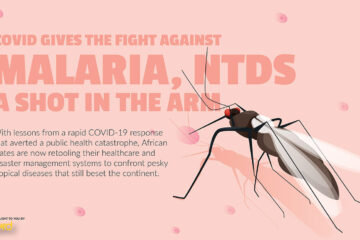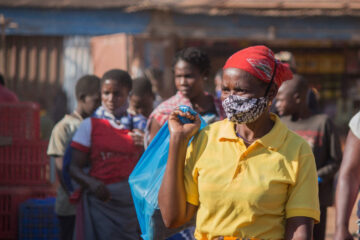BRITAIN has become the first country in the world to approve a coronavirus vaccine developed by Oxford University and AstraZeneca, prioritizing the rapid deployment of the shot as it battles a major winter surge driven by a new, highly contagious variant of the virus.
The following is what we know about the race to deliver vaccines to help end the coronavirus pandemic that has killed more than 1.7 million people worldwide:
WHO IS FURTHEST ALONG?
U.S. drugmaker Pfizer and German partner BioNTech are the COVID-19 vaccine trailblazers.
On Nov. 18, they became the first in the world to release full late-stage trial data. Britain was the first to approve the shot for emergency use on December 3, followed by Canada on December 9 and the U.S. Food and Drug Administration (FDA) on December 11. Several other countries including Saudi Arabia and Mexico have also approved it.
The European Medicines Agency (EMA) approved the shot on December 21 and India is accelerating its review.
The World Health Organization could decide whether to give its emergency use approval for the Pfizer candidate by the end of the year as part of its COVAX programme aimed at providing shots for poor- and middle-income countries.
WHAT ABOUT MODERNA?
Moderna Inc came a close second to Pfizer in many countries after it released a full data analysis for a late-stage trial on November 30 showing a 94.1% efficacy rate for its vaccine.
The United States authorised Moderna’s vaccine on December 19 while Canada approved the shot on December 23 and the EMA will do so on January 6.
THE UK NOD FOR ASTRAZENECA
The UK’s approval for AstraZeneca’s vaccine is a major win for a shot seen as crucial for mass immunisations even as questions have swirled about the robustness of its trial data.
The British company announced interim late-stage trial data on November 23 showing a half-dose followed by a full dose had a 90% success rate while two full doses were 62% effective. The more successful outcome, however, emerged in a much smaller number of participants, and AstraZeneca is conducting more testing to see if that success rate holds up in a wider population of volunteers.
The questions over the most effective dosing pattern have complicated the approval process. While India is conducting an accelerated review, it has asked for more data. AstraZeneca is also in discussions with the EMA, which is conducting a rolling review of the vaccine.
India is expected to make a decision on whether to approve for the two full-dose regimen of the shot soon. Its review does not include the more effective dosage.
WHO ELSE IS IN THE RUNNING?
U.S. drugmaker Johnson & Johnson plans to deliver trial data in January 2021, teeing it up for U.S. authorization in February if its shot is effective. It reduced the enrolment target for its clinical trial to 40,000 volunteers from 60,000 on December 9, potentially speeding results which are tied to how quickly participants become infected.
U.S. firm Novavax is running a late-stage trial in Britain with data due in the first quarter of 2021. It expects to start a large-scale trial in the United States this month.
France’s Sanofi and Britain’s GlaxoSmithKline , however, announced a setback on December 11 in their attempts to develop a vaccine. The drugmakers said it showed an insufficient immune response in older people in mid-stage trials and that they would start a new study in February.
WHAT HAPPENS IN THE TRIALS?
The companies typically test their vaccines against a placebo – typically saline solution – in healthy volunteers to see if the rate of COVID-19 infection among those who got the vaccine is significantly lower than in those who received the dummy shot.
HOW ARE VOLUNTEERS INFECTED?
The trials rely on subjects becoming naturally infected with COVID-19, so how long it takes to generate results largely depends on how pervasive the virus is where trials are being conducted. Each drugmaker has targeted a specific number of infections to trigger a first analysis of their data.
HOW WELL ARE THE VACCINES SUPPOSED TO WORK?
The World Health Organization ideally wants to see at least 70% efficacy. The FDA wants at least 50% – which means there must be at least twice as many infections among volunteers who received a placebo as among those in the vaccine group. The EMA has said it may accept a lower efficacy level.
WHAT ABOUT RUSSIA AND CHINA?
While Pfizer’s shot was the first to be rolled out following the publication of full Phase III trial data, Russia and China have been inoculating their citizens for months with several different vaccines still undergoing late-stage trials.
Russia said on November 24 its Sputnik V vaccine, developed by the Gamaleya Institute, was 91.4% effective based on interim late-stage trial results. It started vaccinations in August and has inoculated more than 100,000 people so far.
India plans to make 300 million of the shots next year and Argentina has given the greenlight for emergency use of the shot, with some 300,000 doses arriving in the country on December 24.
China launched an emergency use programme in July aimed at essential workers and others at high risk of infection. It has vaccinated about one million people as of mid-November using at least three shots – two developed by the state-backed China National Biotec Group (CNBG) and one by Sinovac Biotech.
Trial data on a COVID-19 vaccine developed by China’s Sinovac Biotech has varied: interim data from a late-stage trial in Turkey showed its CoronaVac shot is 91.25% effective, while researchers in Brazil say the shot was more than 50% effective.
The United Arab Emirates, meanwhile, said on December 9 that one of the CNBG vaccines was 86% effective based on interim results from a late-stage trial in the Gulf Arab state.

